Related Research Articles

The Church of the Savior on Spilled Blood is a Russian Orthodox church in Saint Petersburg, Russia which currently functions as a secular museum and church at the same time. The structure was constructed between 1883 and 1907. It is one of Saint Petersburg's major attractions.

Kirillo-Belozersky Monastery, known in English as White LakeSt. Cyril's Monastery, is a Russian Orthodox monastery in Kirillov, Russia. It used to be the largest monastery and the strongest fortress in Northern Russia.
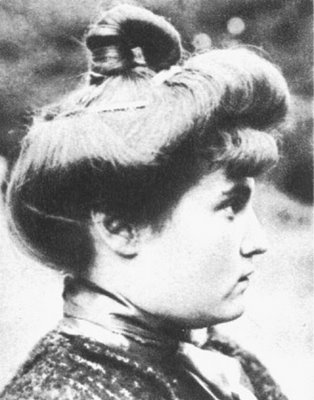
Misia Sert was known primarily as a patron of contemporary artists and musicians during the decades she hosted salons in her homes in Paris. Born in the Russian Empire and of Belgian, French and Polish descent, she became a professional pianist and gave her first public concert in 1892. She was a patron and friend of numerous artists, for whom she regularly posed, appearing on magazine covers and posters. Her salons were frequented by contemporary writers and musicians played their newest works.
The Russian Greek Catholic Church or Russian Byzantine Catholic Church is a sui iuris Byzantine Rite Eastern Catholic Church of the worldwide Catholic Church. Historically, it represents both a movement away from the control of the Church by the State and towards the reunion of the Russian Orthodox Church with the Catholic Church. It is in full communion with and subject to the authority of the Pope of Rome as defined by Code of Canons of the Eastern Churches.

Alexander-Svirsky Monastery is a Russian Orthodox monastery situated deep in the woods of the Leningrad Oblast, just south from its border with the Republic of Karelia. The golden age of this cloister was in the 17th century. It boasts one of the few preserved three-tented belfries and medieval clock towers in Russia.
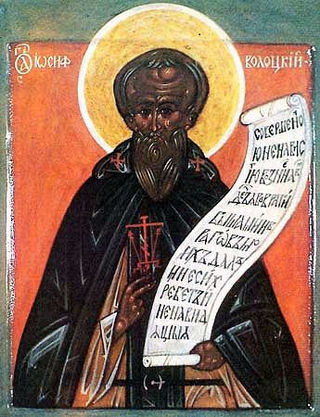
Joseph Volotsky — also known as Joseph of Volotsk or Joseph of Volokolamsk ; secular name Ivan Sanin — was a prominent Russian theologian and early proponent of tsarist autocracy, who led the party defending monastic landownership. The Russian Orthodox Church considers him a saint ; his memory is celebrated on 9 September and 18 October. His patronage is over businessmen.

Grand Duchess Maria Nikolaevna of Russia was a daughter of Emperor Nicholas I of Russia, and sister of Alexander II. In 1839 she married Maximilian, Duke of Leuchtenberg. She was an art collector and President of the Imperial Academy of Arts in Saint Petersburg.

David Ivanovich Grimm was a Russian architect, educator and historian of art specialising in the Byzantine Empire, Georgia and Armenia. Grimm belonged to the second generation of Russian neo-Byzantine architects and was the author of Orthodox cathedrals in Tbilisi, Chersonesos and smaller churches in Russia and Western Europe. Grimm was a long-term professor at the Imperial Academy of Arts and chaired its department of architecture in 1887–1892.

The Church on Blood in Honour of All Saints Resplendent in the Russian Land is a Russian Orthodox church in Yekaterinburg. Being built on the site of the Ipatiev House where Nicholas II, the last Emperor of Russia, and his family, along with members of the household, were murdered by the Bolsheviks during the Russian Civil War, the church commemorates the Romanov sainthood.

Mitrofan Ban was Bishop of Cetinje, Metropolitan of Montenegro, and exarch of the Serbian Orthodox Church. He was also Archimandrite of the Cetinje monastery. He presided over the Holy Bishopric Synod (1919-1920) that unified the Serbian Orthodox Church in 1920.

Eastern Orthodox Christianity in Hawaii began with early Russian missions of the 19th century and continues with multiple Eastern Orthodox churches in the Hawaiian Islands.
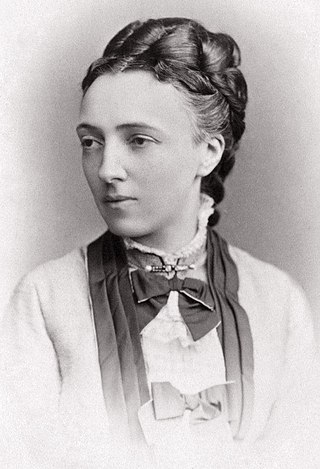
Grand Duchess Olga Feodorovna of Russia, born Princess Cäcilie of Baden, was the youngest daughter of Grand Duke Leopold of Baden and Sophie Wilhelmine of Sweden.

The country of Georgia became part of the Russian Empire in the 19th century. Throughout the early modern period, the Muslim Ottoman and Persian empires had fought over various fragmented Georgian kingdoms and principalities; by the 18th century, Russia emerged as the new imperial power in the region. Since Russia was an Orthodox Christian state like Georgia, the Georgians increasingly sought Russian help. In 1783, Heraclius II of the eastern Georgian kingdom of Kartli-Kakheti forged an alliance with the Russian Empire, whereby the kingdom became a Russian protectorate and abjured any dependence on its suzerain Persia. The Russo-Georgian alliance, however, backfired as Russia was unwilling to fulfill the terms of the treaty, proceeding to annex the troubled kingdom in 1801, and reducing it to the status of a Russian region. In 1810, the western Georgian kingdom of Imereti was annexed as well. Russian rule over Georgia was eventually acknowledged in various peace treaties with Persia and the Ottomans, and the remaining Georgian territories were absorbed by the Russian Empire in a piecemeal fashion in the course of the 19th century.
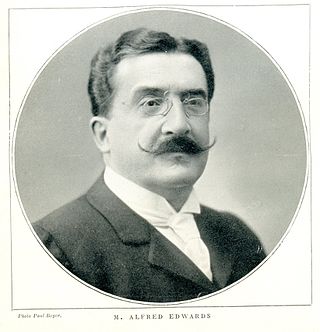
Alfred Charles Edwards was a journalist and magnate of the French press.
Greeks have been present in what is now southern Russia from the 6th century BC; those settlers assimilated into the indigenous populations. The vast majority of contemporary Russia's Greek minority populations are descendants of Medieval Greek refugees, traders, and immigrants from the Byzantine Empire, the Ottoman Balkans, and Pontic Greeks from the Empire of Trebizond and Eastern Anatolia who settled mainly in southern Russia and the South Caucasus in several waves between the mid-15th century and the second Russo-Turkish War of 1828–29. As during the Genocide of the Pontic Greeks, the survivors fled to the Upper Pontus.
Ivan Deubner (1873–1936) was a Russian Orthodox priest of German ethnicity who converted to the Russian Catholic Church of Byzantine rite.
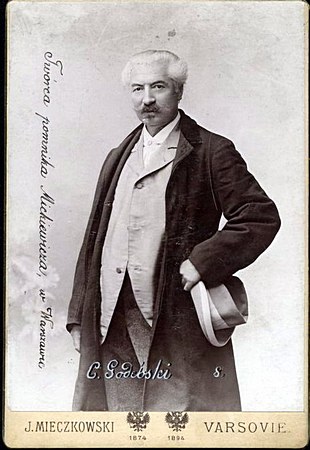
Cyprian Godebski was a Polish sculptor known in the Russian Empire and Paris. From 1870 he was a professor at the Imperial Academy of Arts in St. Petersburg. He was the grandson of Polish poet and novelist Cyprian Godebski, creator of the "Legions poetry" genre, who had served in Napoleon's Polish Legions.
The 1847 Agreement between the Holy See and the Russian Empire was a diplomatic arrangement entered into on 3 August of that year.

The Alexander Nevsky Church is the only Russian Orthodox church in Copenhagen. It was built by the Russian Government between 1881 and 1883, prompted by Princess Dagmar of Denmark's marriage to Alexander Alexandrovich on 9 November 1866 and their later ascent to the Russian throne as Tsar Alexander III of Russia and Tsaritsa Maria Feodorovna. The church is dedicated to the Russian patron saint Alexander Nevsky.

Anthony, born Alexander Vasilyevich Vadkovsky was a Russian Orthodox bishop and Metropolitan of Saint Petersburg and Ladoga from 1898 to 1912.
References
- ↑ New Liturgical Movement website, Saint Wandrille and a Brief Note on Catholic Art Deco, article by Matthew Alderman, dated June 20, 2014
- ↑ Mutual Art website, Alex-Ceslas Rzewuski
- 1 2 Los Angeles County Museum of Art, Fancy Dress Costume for Ganna Walska as Pauline Borghese
- ↑ Polish Art Corner website, Alexander Rzewuski
- 1 2 Agnes Thiebault website, Alexander Rzewuski
- 1 2 3 4 Open Edition Journals website, Dictionnaire Biographique des freres precheurs; Rzewuski Alex-Ceslas (2015)
- ↑ Gallimard Library Montreal website, L’instant
- ↑ GoodReads website, Confessions of a Dominican: From the parties of the roaring twenties to the silence of the cloister
- ↑ Les Libraries website, La double tragédie de Misia Sert (with Jean Chalon)